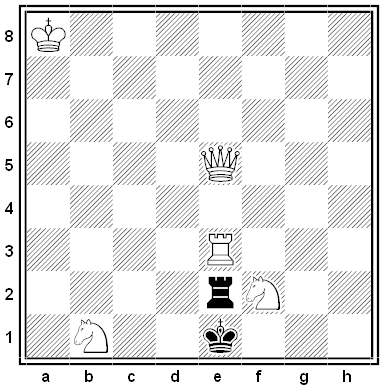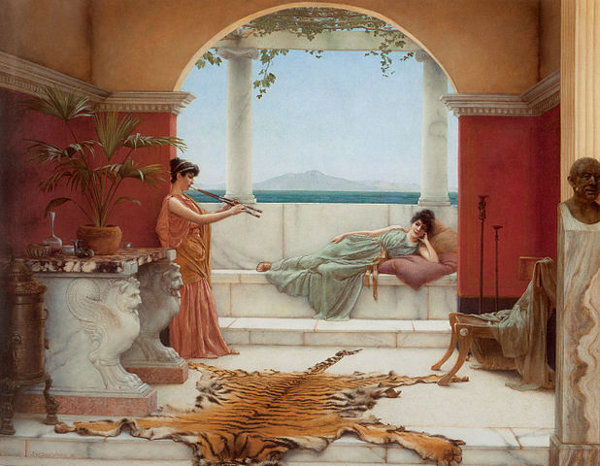
Pretend that you’ve never seen this before and that it’s an actual living person whose personality you’re trying to read. If you look directly at her face, she seems to hesitate, but if you look near it, say beyond her at the landscape, and try to sense her mood, she smiles at you.
In studying this systematically, Harvard neurobiologist Margaret Livingstone found that “if you look at this painting so that your center of gaze falls on the background or her hands, Mona Lisa’s mouth — which is then seen by your peripheral, low-resolution, vision — appears much more cheerful than when you look directly at it, when it is seen by your fine-detail fovea.
“This explains its elusive quality — you literally can’t catch her smile by looking at it. Every time you look directly at her mouth, her smile disappears because your central vision does not perceive coarse image components very well. People don’t realize this because most of us are not aware of how we move our eyes around or that our peripheral vision is able to see some things better than our central vision. Mona Lisa smiles until you look at her mouth, and then her smile fades, like a dim star that disappears when you look directly at it.”
(From her book Vision and Art: The Biology of Seeing, 2002.)




